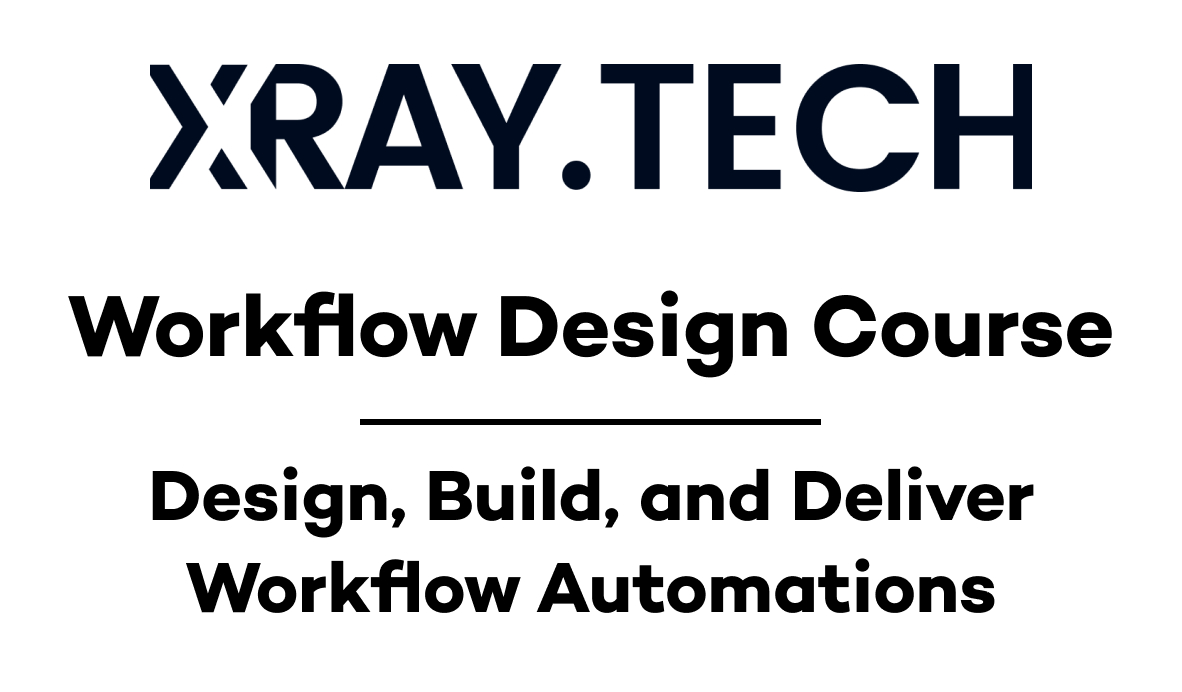Use Automation to Support Key Processes, People, and Data
Automation providers support thousands of popular web apps, creating virtually limitless possibilities for automation. If you're not sure where to get started, we've put together a quick list of three methods you can use to launch your automation projects.
August 31, 2022

When you’re trying to get started with automation, it’s easy to get paralyzed by choice.
Any app with an API can be automated with no-code tools like Zapier and Make, so your options are virtually unlimited.
To help you launch your automation projects, we’ve put together our top 3 recommended starting points.
Let’s get started!
Method 1: Start with a well-defined, repeatable process
If you’re trying to choose a business process that’s suited to automation, you want to pick a workflow that’s already clearly defined, repeatable and consistent.
A well-defined process
If your process is clearly defined, you should already know every step that’s involved in the process from beginning to end.
You should know every person or department that needs to be notified and when. Then, you can configure every step as needed in your automation without having to rely on guesswork or trial and error.
If you automate a process that’s still vaguely defined, you may be codifying an ineffective solution that will hamper your productivity instead of boosting it.
Repeatability
In addition to being well-defined, it should be a process that repeats on a regular basis. If you only do something once, there’s obviously no point in automating it.
Look for the processes that you’re conducting every day, every week, or every month. Even an annual process may be worth automating if it requires a lot of tedious tasks to complete.
But you’ll see the most dramatic results from automating processes that you conduct frequently. Things like creating documents for daily or weekly meetings, onboarding new clients, or responding to inbound leads are all great processes to automate.
Consistency
Finally, you should look for processes that are consistent - in other words, you should automate processes that happen pretty much the same way every time.
No-code providers like Zapier and Make will let you add conditional logic to support different inputs and circumstances, but your automated processes should still be largely similar every time they run.
For instance, when you onboard new clients, each one may have a slightly different project, but you’ll still probably follow a similar process every time.
You’ll create shared folders and documents, create Slack channels, make a project template in your task manager, and generate other resources.
You can configure your automation to handle a few different project types to produce everything you need to get started with each client. Consistent processes like this are much easier to automate, and are a great place to start.
If you have a consistent, reliable process that you’ve already defined in detail, then that’s a great candidate for automation.
Method 2: Support the people on your team
If evaluating your processes isn’t revealing any clear opportunities for workflow automation, you may want to take a different perspective and think about helping a single individual at your organization first.
Many companies have a talented employee shouldering a huge workload. One effective approach to automation is to start by helping out your overworked employee first.
Build workflow automations that help make their jobs easier. In particular, you should focus on automating their robotic tasks - anything that essentially amounts to copying and pasting data or making documents from a template.
By automating those tasks, you’ll let your rockstar employee focus more on creative, analytical, strategic and thoughtful work.
You’ll amplify their output while simultaneously making their job less stressful. Once you’ve established some automations for one person, you can use them as a foundation for supporting a department - or even your entire organization.
Method 3: Automate your sources of truth
If you’re not able to find any processes or people that you can kick off your automations with, you may want to think about data instead.
What data and resources do you and your team rely on to do your work? These could be customer databases, pitch decks, an employee directory - any kind of data or asset that you use and refer to on a regular basis.
Automate data creation and syncing
You can get started with automation by automating the ways you create your essential data. With automation, you can ensure that you capture every important piece of information as it’s created.
You can also make sure it’s stored consistently and correctly, and that it’s easy to update as needed.
You can create automations that funnel your data from several sources into a single database or document, or establish a single approved method for creating and updating data - like filling out a form or using one specific app.
Automating your data will create reliable and accessible sources of truth. It will make it easier for everyone to do their job, and will reduce errors across the board.
Focus on processes, people, and data to start automating
Workflow automation can be a daunting prospect. You can automate nearly any workflow and any software, so it’s hard to know where to start.
Our recommendation is to focus on well-defined processes, employees that could use a hand, or on key databases that act as your source of truth. Whichever you choose, adopting workflow automation will give you and your team much more time for the work that matters.
If you’d like to learn more about workflow automation, check out our blog or our YouTube channel. You can also follow XRay on Twitter, Facebook, or LinkedIn.













